






















FRANCE RALLY WORLD CHAMPIONSHIPS DAY 1
By Tarryn Myburgh
15.10.2023
Google Banner Ad

Day 1 of the big competition is here, and I am cautiously optimistic. I have had time to get into the right head space and feel well rested after having a day to relax. We have randomly been placed into Group 2 and will be flying in the afternoon. The afternoon slot often presents more difficult flying conditions as temperatures, winds, and turbulence increase during the course of the day. Everyone would prefer to fly in the morning, so to try and remain fair, each day the groups swap. I would normally be concerned about a late afternoon followed by an early morning, which is surprisingly tiring; however, the weather is forecast to be terrible tomorrow afternoon and I am more relieved that we aren't flying then.
Our morning starts with briefing, where we are told that we have our first away landing today at Montceaux-les-Mines. Away landings are intimidating because they could be anywhere in the vicinity of the competition. Unless you happen to be a local, these are typically airfields that you aren't familiar with, which levels the playing field. The away landing splits the route into two smaller routes with a landing at another airfield somewhere between the two.

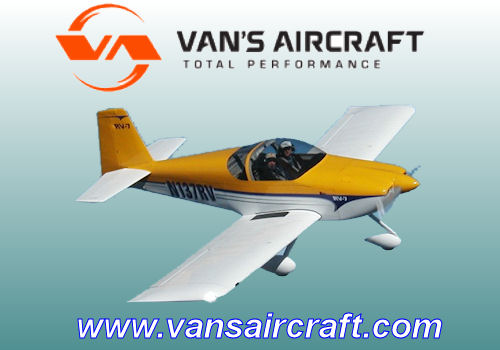
We have flown to the Montceaux-les-Mines airfield in the simulator but like most competitors, have never landed there before. Knowing the airfield location means that we immediately know that we will be flying in the "wild west", the area that tripped up most of our team during training.
The latest rules state that we have 2 minutes per turn point to plot. Often this can be increased slightly to allow us to ease into the competition. The question was posed to the competitors by the organisers but unfortunately, this was immediately vetoed by the more serious teams. We are off to a tough start, but at this level of competition, it is to be expected.

Our take off time is at 13:50 so we have a few hours to fake being relaxed in a hall full of anxious people with nothing to do. I obsessively check our stop watches against the master clock every few minutes to make sure they are correct. Iaan and I also take a few moments to refresh our procedures. After the shock of training week, we have decided that since the navigation is so much more difficult here, we need to focus solely on navigation and timing. Any en-route photos spotted will be a bonus only.

Everyone occupies themselves differently during quarantine- photo by Barbara Freibose
As the time nears, we stand near the door to get a glimpse of Apie and Frederik returning in Juliet Fox, our shared Cessna 152. Once they have handed in their answers, they refuel for us and leave for their debriefing. We are finally allowed to preflight and prepare the aircraft.
I carefully place my pens, scissors, minute markers, photo boards and other bits of stationary exactly where I would like them. Prestik, Velcro and our handy D3 are also in place. This seems trivial but is important in rally flying. When every moment counts, you need to know exactly where your pen is when you need it or where your spare is when you drop it. Each crew in a shared aircraft needs to carefully remove everything after each flight and refuel for the other crew. Every single piece of paper will be counted during debriefing, and the aircraft will be scrutineered between flights, so you better be organised. This is to prevent cheating, particularly as leaving maps, pre-marked photos, or other clues may give your teammates an unfair advantage, assuming you are the team player type.
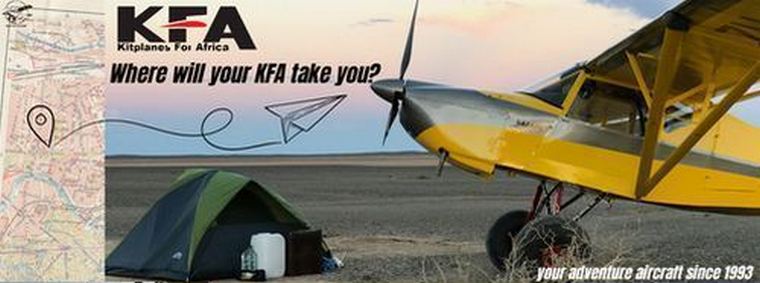
Now the cockpit is prepared and ready, I am a bit worried that I don't see any officials nearby. We are the third aircraft in the second group. Could they be late? Maybe they are still busy with lunch? I scurry off to find someone because Iaan is already wedged into his seat. I finally attract someone, and they meander over with their stack of envelopes. Their relaxed pace is only making me agitated, but I try to relax. The officials must hand it over at a particular time, no earlier, no later. I just wish they would stand closer.

An official waiting in the shade to hand out papers
No matter how well or poorly the plot is going, our standard procedure is that Iaan plots either 4 turn points or hands me the first map 10 minutes before I need to start up, whichever comes first. I can then orient myself, prepare my start point and mark each minute on these legs while he continues on the second map. This takes some pressure off Iaan, and I can fly on my own for the first few legs if needed. This proves immediately valuable as the plot is going quite slowly and only 3 points are ready. I mark my map, orient myself and then take off. I plan to follow the highway north as Iaan continues with the rest of the map. I plan to turn west and then follow a road back south to the start point as I have 9 minutes to reach a point that is only 3 minutes away.
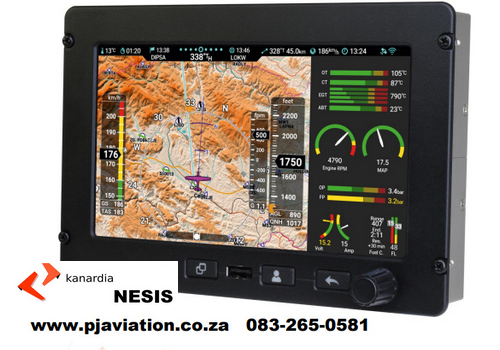

"I need help!" I interrupt Iaan and very quickly try to explain where we are and where we need to be. I have followed the wrong road and need his eyes to re-orient myself. It is surprisingly difficult to explain to someone where you are when they have not been looking out of the window nor at the map. Luckily for me, Iaan is familiar with the large intersection near the start point, having used it in our simulator training at home. As he points it out, I rapidly refocus. I spot the distinctive castle that is the start point and concentrate on my timing. Phew, that was too close for comfort.
Iaan's head is back down, and I am on my own again. I seem to have my mojo back as I find turn points 1 and 2 without much difficulty and am feeling very confident in my timing with 2 bingos in a row. As I approach turn point 3, I ask Iaan for the rest of the map. "Are we already at turn point 3? I am not done yet!". He is panicked. The maps that we are flying with here in France are extraordinarily detailed. That means that a few millimetres could mean a different intersection or road river crossing entirely, quite catastrophic in rally flying. The level of difficulty combined with first day nerves means that Iaan is double checking everything and the plot is taking much, much longer than normal.
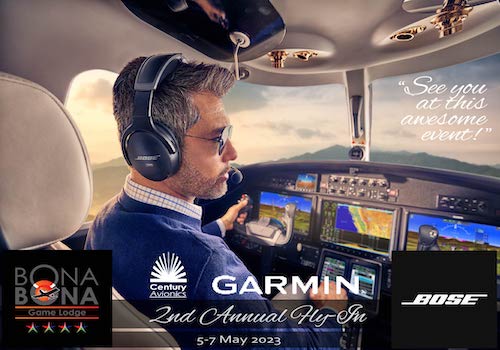
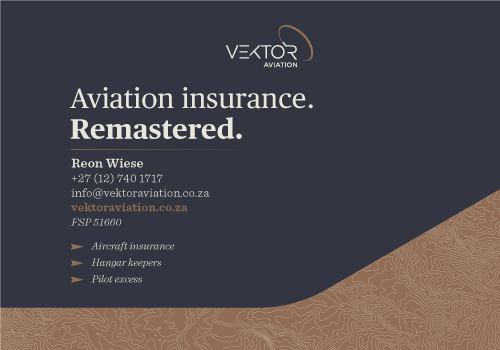
I remain unusually calm and tell him all I need is the heading and a glance at the next turn point, which he duly shows me. I hand the map back and he continues plotting while I internally hope he is nearly done. I do my best to maintain my timing, now without minute markers or a map to continually navigate by. I really need to up my game and I visually find something distinct on the horizon to fly towards, carefully managing my speed and heading on the D3. As we approach turn point 4, I request the map so that I can nail the timing down. I identify the turn point photo before handing the map back. We continue this back and forth with the map for 3 more turn points. As the second arc approaches, I again tell Iaan I need his eyes out to help me. Arcs are difficult enough here in France, but they are impossible without a map as you need to fly a radius based on visual cues rather than maintain a heading.

Day 1 Plot- you can see start to turn point 3 plotted, a large gap where Iaan plotted on map 2. The intermediate start to finish points were plotted later.
I don't have to do a full circuit, so I have time on my hands, and I try not to rush. I take a moment to try and spot the intermediate start point, which is much easier to spot while I have a bit of altitude.
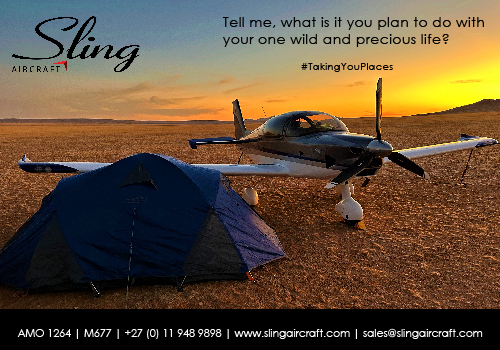
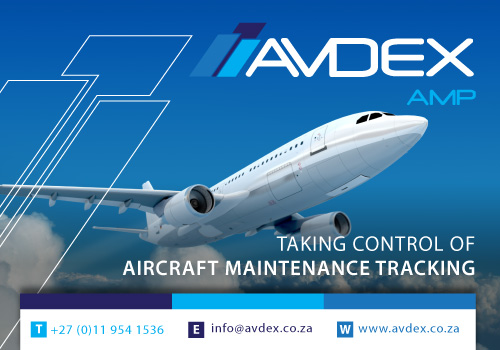
My total of 15 hours in a Cessna means that I haven't yet figured out spot landing in Juliet Fox (our hired Cessna 152). As one of my weaker points and a quick way to rack up unnecessary points, I now need to fully focus on my landing. I look down at the hair on my arms, a trick to redirect your focus from one intense activity to another. While most pilots will be aiming for B box, 15m from the bingo line, I will be happy to get anywhere less than 60m. The trade off will only cost me 60 points versus a potential 20 and will help me feel less pressure to get it on the ground. As I touch down, I am satisfied that I have managed to reach my target. I quickly reduce flaps and apply power, just as I did during practice.
Iaan is now finalising my map and I am relieved as he hands it over and I set myself up for my second start point of the day. As someone who doesn't enjoy the finding and timing of a start point, this doubles the fun (read stress). We only have 5 turn points left but I am starting to get fatigued. It has been an intense flight so far. At least now I have Iaan as an extra set of eyes.
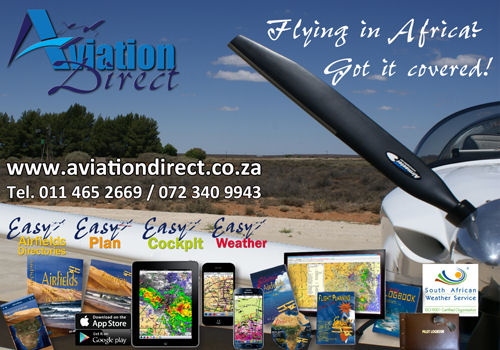

The intermediate start point is helpfully described as a "Bridge over road." The map shows a distinctly U-shaped road running through a tiny town intersected by a river. I can't see the river, but I can see a tiny town with a squiggly road running through it. The trees are tall, and I assume that they are hiding the bridge from view. I confidently start a right turn, ready for the next turn point when I notice off my left shoulder another tiny town. Darn, the turn point is over there. I can see it clearly reflecting in the turn point photo in my hand. I have turned too early, and it is too late to do anything about it now. Am I close enough? I doubt it but I hold out hope that the only impact will be on my timing. Our answer will only come during our debrief.
I focus on the next turn point, a "rivers junction." These rivers sure aren't visible from the air. We are used to dry South Africa showing bright green bush lining the river surrounded by brown grassland for miles. Here, the few green trees blend into a sea of green farmland. Confusingly the turn point photo also shows a dirt road, does not appear on the map. As I strain my eyes ahead, I think I can see a river in the distance. It is further than I expected and so I speed up. I can't see the intersecting river but this must be it and the turn point photo must be incorrect.
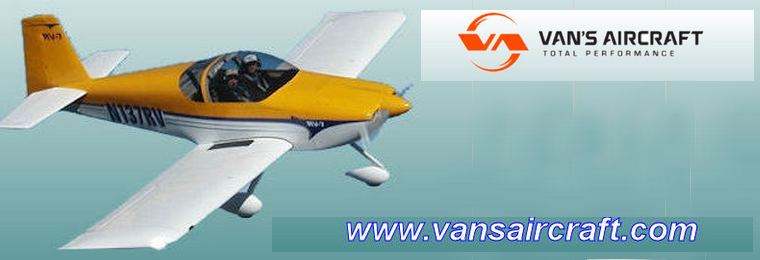
I notice we are now flying a bit to the left of track. This is actually a good thing (only while I have a good handle on where the next turn point is) because it gives Iaan in the right seat better visibility to look for en-route photos. Now on our second last leg, Iaan suddenly spots two in a row and we are thrilled.
As we cross the finish line, I am feeling very confident about my flight for the day. It has gone surprisingly well. All that is left is my landing, which will also be scored. Another two for one special. I set myself up on short final and all is looking positive. I close the power and Juliet Fox floats just a moment too long in this afternoon heat. Oh dear, I think that was 80 points. Disappointing but it will do.
Without many photos to write on our answer sheet, we are quick to hand everything in, careful to collect every scrap of paper before refuelling for tomorrow. We head to debriefing where our fate will be sealed. Nothing can change your day quite like the outcome of the next few moments. Perhaps your flight was better than you thought, or it may knock the wind out your sails completely with some unexpected error.
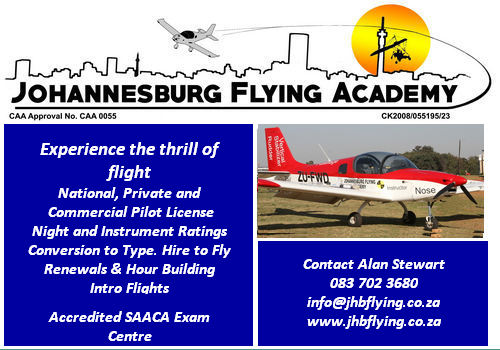

Our final score of 1091 points is more than we optimistically aimed for but is far better than it could have been. I am thrilled with my timing and navigation score of 171 penalty points, by far my best ever flight to date. To think that 51 of those were scored at that pesky river crossing alone. The score is tempered with 110 for my first landing, 80 for my second landing and 730 for observation.
Our confidence is boosted, and we are ready for the adventure that Day 2 might bring.

Our track over the Day 1 Route (with timing score on the left)
For more of Tarryn and Ian's adventures go to
www.airheart.co.za/2023/10/10/france-rally-world-championships-day-1/

SA Rally Nationals March 2023
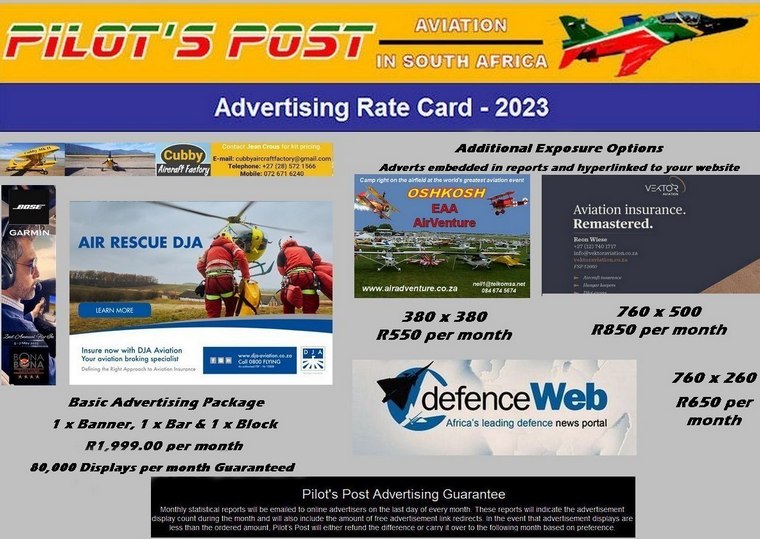
Google Banner Ad
 |
 |
 Copyright © 2024 Pilot's Post PTY Ltd
The information, views and opinions by the authors contributing to Pilotís Post are not necessarily those of the editor or other writers at Pilotís Post.
Copyright © 2024 Pilot's Post PTY Ltd
The information, views and opinions by the authors contributing to Pilotís Post are not necessarily those of the editor or other writers at Pilotís Post.